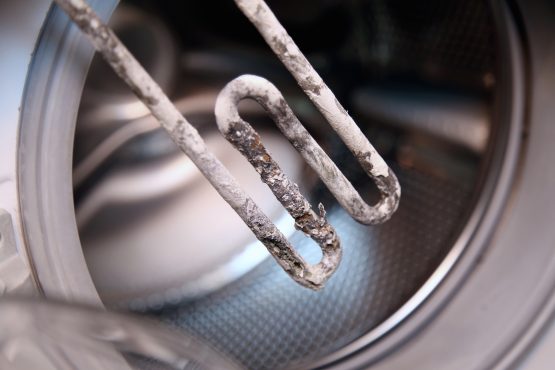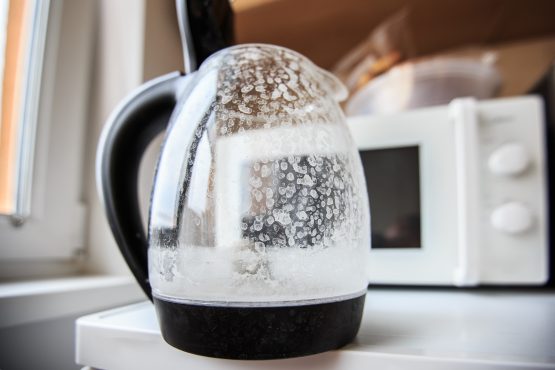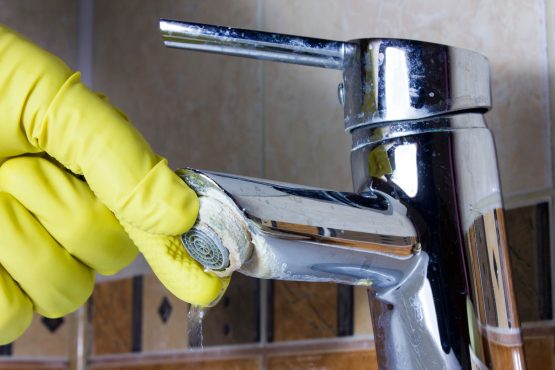Limescale deposits and energy prices - what limescale in your water costs you
The current price increases for energy are a good reason to look for potential savings and take measures to reduce consumption. Many people are not aware that limescale deposits in hot water boilers, heat exchangers or pipes increase energy costs. Did you know, for example, that for every millimeter of limescale, your energy costs for water heating increase by 6 to 7 %?
The reason for the higher energy costs due to limescale is that the limescale acts as a kind of insulating layer between the heat source and the water to be heated. So if you use a heating coil in the hot water cylinder, the heating coil is heated with energy, but the heat must first heat up the limescale on the heating coils before the water can be heated. It therefore takes longer to reheat the cylinder and the water in it. Every time you use hot water, the heating coil has to be heated again, then the limescale and only then the refilled water, which is completely inefficient. The same problem also arises with heat exchangers, where limescale deposits significantly reduce efficiency.
If pipes and appliances are affected by limescale deposits, increased pumping capacity is also necessary, which in turn consumes more energy and increases your costs without you noticing it straight away. In addition, limescale deposits can also reduce the efficiency of the heating system by up to 12 percent. Assuming energy costs in an average household for hot water (heating, shower water, hand washing) of around EUR 2000 per year, limescale on the hot water boiler and pipes quickly leads to additional costs of around 20%, which equates to EUR 400 per year. It therefore pays to avoid limescale deposits and keep the systems free of limescale.
Environmentally friendly protection against limescale and saving money
A modern and environmentally friendly solution to your limescale problem is the installation of AQUABION limescale and corrosion protection. This reliably protects hot water boilers, pipes, fittings, household appliances and production facilities against limescale and rust without the use of chemicals, electricity or magnets, while maintaining the natural quality of drinking water. In salt systems, for example, the limescale (healthy magnesium and calcium) is replaced by sodium. The original water is then added back to the completely decalcified water in small quantities so that the water remains drinkable and does not become too aggressive. In contrast, the AQUABION does not decalcify, but makes the limescale neutral. This keeps the healthy calcium and magnesium in the water - the water quality and the good taste of the water are retained.
Conventional descaling systems not only cost you more to purchase than the AQUABION, but also incur ongoing operating costs, such as the regular refilling of salt tablets, increased water consumption for regeneration, electricity and the annual maintenance of the devices by an external specialist. Over a period of 10 years, the costs of the AQUABION are at least 40% lower than those of a salt system. The larger the property, the greater the cost difference. And what should also not be underestimated: the time required to procure and refill salt tablets is completely eliminated with the AQUABION, as it is absolutely maintenance-free until the time when it is necessary to replace it with a new device, i.e. around 6-8 years.
Say goodbye to limescale in an environmentally friendly way and hello to reduced energy bills.
More information at www.aquabion.at


